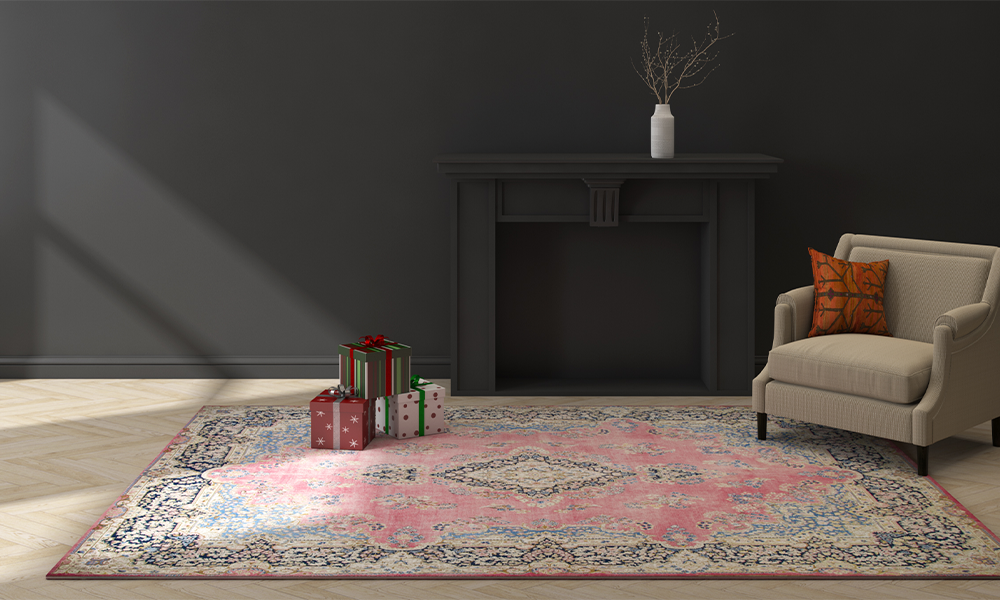Learn how different materials and details can be introduced in the floor skirting to give your home a stunning look
Why should floor skirting play only a useful role, covering the gap between the finished floor and the wall? To date, the most common method of fitting the floor skirting is by cutting the flooring material to a size ranging from 3 to 5 inches in height and setting it onto the wall surface along the periphery of the room’s floor.
How about looking beyond the conventional way of installing the floor skirting and converting it into an interesting design piece? This skirting will not only look good but also add loads of style and character to the overall decor of the home. Here are tips on how you can go around it.
- Wooden skirting
A wooden skirting informs an element of warmth, richness, and sophistication when it runs along marble or lined floors. It works best with light-colored floors, walls, and ceilings, just as in this example.
Install attractive wooden molding as the skirting to add a detailed look to the home. This type of skirting works best with decorative or traditional-looking decor.
For small areas, instead of going for contrasting colors, just match the color of the skirting with the wall. This detail will give a seamless look and an enhanced sense of space.
- Contrasting color skirting
A contrasting-color skirting in rock or tile helps to visually differentiate between the floor and the wall. Make sure that the skirting is obscurer than the flooring. See how, in this chequered flooring design, the darker marble is used as the skirting; the graphic result is it looks like the vertical border or extension of the flooring design.
- Flush skirting
If you want a neat unified look, then go for flush skirting; the skirting tile is fixed to the wall such that the tile and covering are flush with each other – at the same level. The best part about this type of skirting is that meanwhile, it is flush with the wall, and it does not catch dust, unlike skirting tiles that are likely outwards from the wall.
In this bedroom, the dark-colored floor continues to form the flush skirting.
Keep in mind that flush skirting’s need organization in advance. The wall needs to be pared to remove the plaster before installing the skirting, hence there is an increase in cost in terms of material and work.
- Colored skirting
In this room, glowing green is painted onto the skirting board to give the space a playful look. This can be accomplished by installing dense-grade MDF (medium-density fiberboard) boards as the skirting and canvas it in a bright color of your choice. MDF is economical and much more inexpensive than wooden skirting. Don’t miss the identical green floor cushions and accessories in this example.
- Metal skirting
Make a courageous statement by using SS (stainless steel) for the floor skirting. The SS skirting enhances lightness, richness, and a high-end modern look to the home. You could study pairing it with steel-finish hardware and bring in smaller items like vases, candle containers, or other accent pieces in metallic silver.

